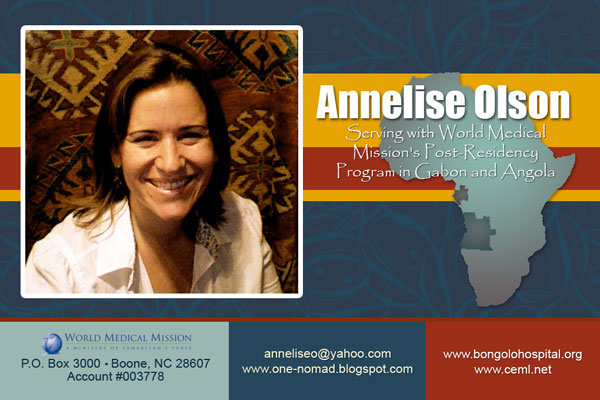
It has been a little while without updates. Since the last update, I have left Gabon, spent 2 months in Kenya, 1 week in Sudan and finally arrived in Angola in midMarch. I have hit the ground running here in Angola. I started work at the hospital the day after I arrived, went apartment hunting and found an apartment to live in the first 2 weeks I was here, have flown out to rural hospitals for 4 different weekends for marathon operating days, have inherited a weekly health radio show since all the other doctors are out of the country, have been on call for the last month and a half, hosted visiting doctors and medical students, have been running the hospital for the last month and a half with another 3 weeks to go. In between all that, I'm slowly starting to get settled in and as I get settled in, more updates will be coming.
I did have to share one photo from this last weekend trip to Kalukembe. Kalukembe is a big rural hospital that is run by nurses. Once a month, a surgeon flies out from my hospital to do 2 and a 1/2 days of operating and seeing consults. We arrive at about 10am and go straight to the operating room, operate until 8pm and then see consults from 9pm till 11 or 12. The next day starts at 7:30 with devotions with the nursing students and then rounds and then operating until 8pm, and consults until I can't see straight--usually around midnight. Saturday morning is operating from 8am until the plane picks us up at 5:30--usually you're racing through your last exploratory laparotomy, have just managed to remove the large tumor or mass, and then run out the door to catch your plane. I love my trips to Kalukembe. :)
The picture was an extra surpise. I was operating on a gentleman to remove his prostate and found this stone in his bladder. In real life it's about 5cm, but I'm pretty sure he's going to be feeling alot better without that thing in his bladder.






